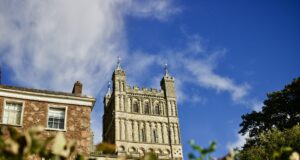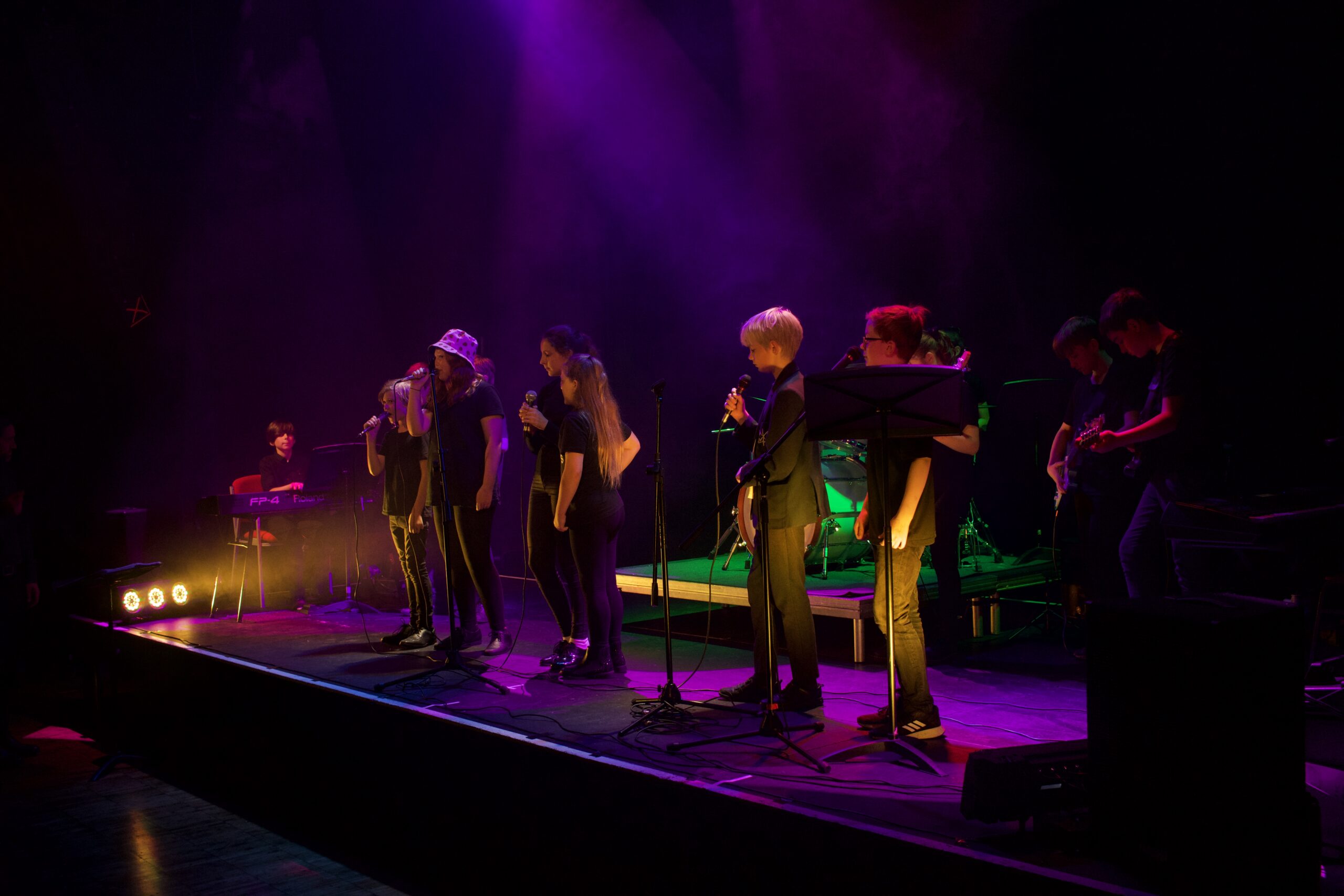Today is St Patrick’s Day. We hold the people of all of Ireland in our affection and prayer, remembering that St Patrick, a 4th century Saint, had connections to the South West of England. Here is the famous verse from the Lorica, or St Patrick’s Breastplate:
“Christ with me, Christ before me, Christ behind me,
Christ in me, Christ beneath me, Christ above me,
Christ on my right, Christ on my left,
Christ when I lie down,
Christ when I sit down,
Christ when I arise,
Christ in the heart of every man who thinks of me,
Christ in the mouth of every one who speaks of me,
Christ in the eye of every one who sees me,
Christ in every ear that hears me.”
If your thoughts and feelings constantly absorb your attention, it’s important to accept that that is an ‘occupational hazard’ is you want to practice stillness and silence. Look at the illustration of the swan. While all the flotsam and jetsam float around, rush past on the river, or maybe gather round you, like the swan, gently allow yourself to ‘float’ without being swept along or absorbed by it all. But how do I do that?
Don’t struggle. Spend a few moments noticing what thoughts and feelings are happening right now, in this moment. That’s awareness. With practice, you’ll find that thoughts and feelings have less control of you, while you’re aware of their presence. If you try to push them away, strangely you give them more control! I would go so far as to suggest this: ‘Make friends of your thoughts and feelings; not enemies!’ Remember to come back to your breathing and check on your stillness (not rigidity!).
In order to remain in some stillness and silence, you might find it helpful to use a little resource of your own choosing that might help you to ‘stay’ there (or here!). This may help you move into the stillness and silence a little more deeply.
Here’s a few suggestions. By no means an exhaustive list….
- Hold a pebble, or a cross…something that physically draws you into stillness and silence. Touch is important.
- Have a painting or illustration in front of you. [Browse around Google Images. Rembrandt might work for you…] The illustration you’ve chosen might be one that assists stillness and silence, rather than add agitation!
- Have a single word or simply very short phrase in your mind: ‘Be still and know that I am God’. Or simply ‘Be still….’ ‘Trust’…. ‘Wisdom’… ‘Life…’ ‘Light,,,’ ‘Hope…’ ‘Love…’ ‘Christ in me…’ ‘Breath of the Spirit’ or just ‘Breath…’. Choose your own Word of Life…
- With the growth of personalised listening to music in recent decades, preferences and styles can vary massively. Avoid choosing music that’ll disturb stillness and silence, and yet, try to avoid bland ‘soft’ anodyne music that is more of a sedative than a resource for stillness and silence. Mozart. Russian Orthodox singing. Arvo Pärt. Bach. Jazz instrumental music can be helpful – e.g. – Oscar Peterson etc., etc… However, my guess is that you’ll have your own choices. Choose something that helps in this moment, the now – that doesn’t take you too much into memories, nostalgia or a different location. It’s about being here, now, as you are.
- Remember there comes a point, when simply being silent for however short a time is essential. Of course, you don’t need any of these resources, save for your own presence and your breathing!
- As for length of time, start short and let it expand gently.
Young people can move into stillness and silence more readily than we adults tend to assume! Let them choose for themselves what might help them to be still and silent.
Bishop Martin Shaw
School Chaplain








